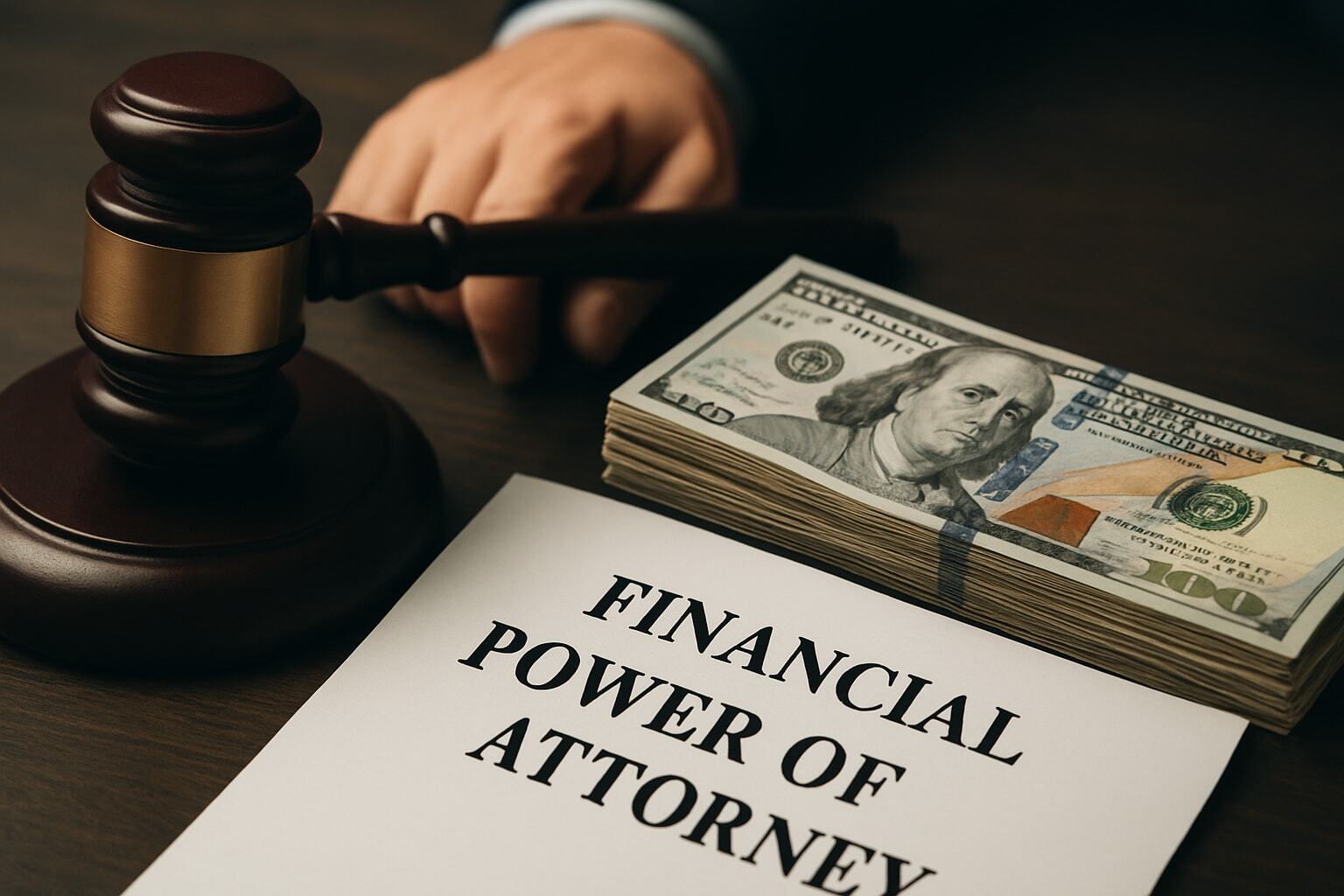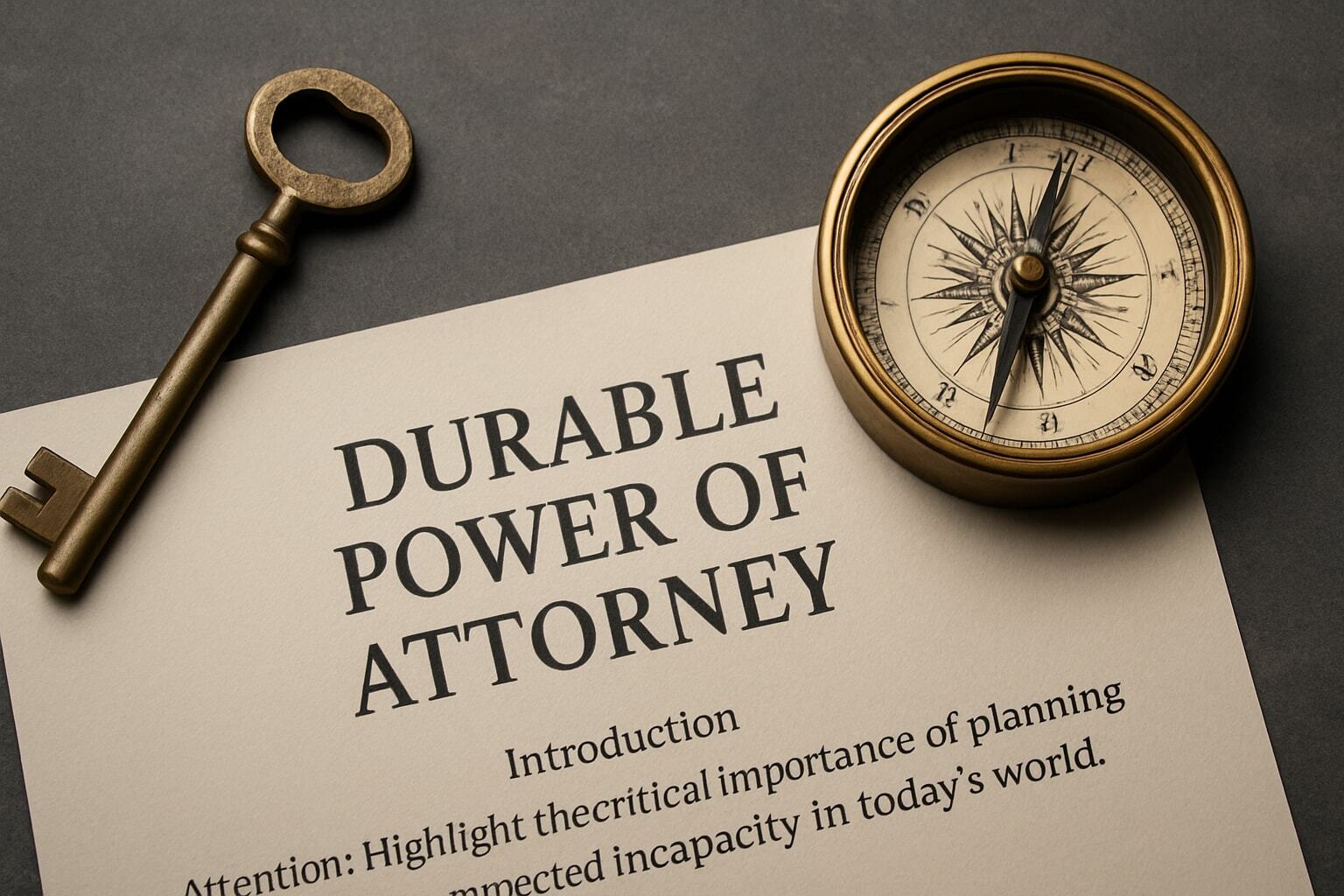Creating an Effective Emergency Preparedness Plan
In a world that is full of uncertainty, having effective emergency planning and Preparedness is essential. Events can strike at any moment, ranging from natural catastrophes such as hurricanes and earthquakes to sudden circumstances like power outages or the possibility of a global pandemic.
Without a properly thought-out plan in place, you and your family members could be in danger. This complete guide will guide you through the steps of establishing an effective emergency preparedness strategy and ensuring that you are prepared to handle any challenge that may come your way.
Step-by-Step Guide: Creating an Emergency Preparedness Plan
Step 1: Assessing Your Risks
Before you begin drafting your emergency planning and Preparedness, it is crucial to know the specific risks you may encounter. These risks can vary depending on your location as well as your circumstances. Begin by identifying the possible dangers in your region like natural disasters, power outages, or civil tensions. By identifying these risks you can adjust your strategy to deal with them efficiently.
Step 2: Establishing a Communication Plan
Communication is essential to navigating an emergency. In moments when there is a crisis, it's crucial to have a clear strategy for communication. Be sure that all family members or other parties are aware of how to reach each other and know where to meet. Modern technology, such as social media and text messages can be extremely useful in emergencies, but you should also be backed up with a plan if these services cease to function.
Step 3: Building an Emergency Kit
A well-stocked emergency kit could be life-saving in the event of the event of a catastrophe. The kit should contain essential items like non-perishable food and water, a first aid kit flashlights, batteries, and an assortment of tools. Create your emergency kit to fit the specific requirements of your household, which could include medicines, baby items, or pet needs. Make sure your kit is up-to-date and regularly check it to replace items that have expired.
Step 4: Developing an Evacuation Plan
In certain emergencies, you could require the evacuation of your home as quickly as possible. Make an evacuation plan that includes several ways to exit and a designated meeting place. If you are pet-friendly, ensure your plan can accommodate the needs of your pet as well. Learn about shelters and evacuation routes in your area and test your evacuation strategy with your loved ones.
Step 5: Safeguarding Important Documents
The importance of protecting your important documents is often neglected but important. Create copies of crucial documents such as identity, insurance policies as well and medical records. Place them in a fire-proof and waterproof container. Make your documents digital and store them in an encrypted, secure cloud storage service for extra security.
Step 6: Staying Informed
Being informed in the event of an emergency is essential. Consider investing in a battery-powered or hand-crank emergency radio that keeps you up-to-date on the most recent information and alerts. Be sure to follow local news, authorities, and other social networks for up-to-date information. Be aware of emergency broadcasting systems and the way they work.
Step 7: Practicing Your Plan
Practice makes perfect, particularly in situations of emergency. Review and revise your emergency planning and Preparedness along with your entire family. Conduct drills, like earthquake or fire drills so that everyone is aware of the right steps to take. Review your plan when situations change, and be prepared to adjust.
Essential Components of an Emergency Plan
When it concerns the safety and security of your family, yourself, or your company during times of crisis having a well-thought-out emergency plan is essential. A well-thought-out emergency plan can make the difference between chaos and a well-planned response. In this post, we'll look at the ten key components of an effective emergency plan every one of which plays an essential role in preparing and responding to different emergencies.
1. Clear Communication Protocols
Communication is the foundation of any effective emergency plan. This means creating distinct channels to communicate whether within your family or company, as well as with outside entities like emergency services or nearby communities. Make sure that everyone is aware of how to contact each other, and also establish an order of command to make communication easier during an emergency.
2. Roles and Responsibilities Assignment
Delegating specific tasks and responsibilities to people is crucial to an organized response. Define who is accountable for what duties and responsibilities, from the designated leader to those who are responsible for first aid evacuation, communications, or first aid. Clearly defined roles avoid confusion and make sure that everyone is aware of what is required from them.
3. Risk Assessment and Hazard Identification
Knowing the risks and hazards you are facing is essential. Conduct an exhaustive risk assessment to pinpoint possible dangers, whether they're natural disasters, power outages, or other events. Knowing the specific risks you face will allow you to modify your plan of action to tackle them efficiently.
4. Resource Allocation and Management
In times of crisis, resources are scarce. Your plan should contain the allocation of resources and management. This means that you'll be stocked with enough resources, which include water, food, and medical equipment to provide for your group in an emergency. Effective resource management can prevent shortages and ensure that all requirements are satisfied.
5. Evacuation Plans and Routes
A well-defined evacuation plan is essential, especially in instances where you'll have to leave your workplace or home in a hurry. Choose the primary and alternate evacuation routes and make sure that everyone is aware. Set up meeting points and, if required create a schedule for the time and place to gather.
6. Shelter and Medical Care Preparedness
Your emergency management must account for medical and shelter. Choose safe shelters in the event of an emergency, whether inside your home or at designated shelters for the community. Also, make sure you have access to medical supplies and first-aid classes to deal with the injuries and illnesses that could develop during the situation.
7. Continuity of Operations Planning
For businesses planning for continuity of operations, it is essential. This includes preparing for the maintenance of essential functions in the event of an emergency. Determine the most critical tasks and implement strategies to ensure that they will continue, even if your regular workplace is not in operation.
8. Community Engagement and Public Awareness
Engaging with your local community and educating the public about emergency preparedness is a vital element of the plan. Join forces with emergency services in your area and neighbors to build a community of support. Campaigns to raise awareness about preparedness can educate people on the importance of having preparedness.
9. Training and Education Programs
Regular training and education are crucial to make sure that all those involved in emergency response s understand their obligations and roles. Conduct drills, exercises as well and educational sessions to keep everyone updated and ready.
10. Regular Plan Review and Updates
An emergency plan isn't static. It should change according to the changing conditions. Always review and amend your emergency management to accommodate new risks, changes to the environment as well and the addition of new members to your group or organization.
Conclusion
In a world in which unpredictability is the standard, having a well-crafted emergency planning and Preparedness program can be life-saving. Natural disasters, whether natural calamities or sudden events can occur without warning, putting you and your family members in danger. This guide provides you with a step-by-step guideline to develop a comprehensive emergency plan of action, making sure that you are prepared to handle any challenges that could occur.
Be aware that preparedness isn't just a set of guidelines it's a way of thinking and a way of living. Proactively adopting these steps will significantly increase your odds of safety and survival in the event of an emergency. Make sure that your plan is current involving your family and make sure that everyone is aware of the right steps to take. With a solid strategy in place, you will be able to manage situations with confidence and resiliency.
FAQs
1: Why is emergency preparedness crucial?
The importance of emergency planning and Preparedness is that it will ensure that you and your family members are prepared for unexpected emergencies, possibly saving lives and minimizing the impact of natural disasters.
2: What are the various kinds of disasters you need to be prepared for?
You must be prepared for a range of catastrophes, including natural disasters like hurricanes, earthquakes, floods, and wildfires, as well as unexpected events like cyber-attacks, power outages, or pandemics.
3: How do I begin making an emergency plan?
To begin, consider the specific risks that exist in your area, develop a communication plan, develop an emergency kit create your evacuation plan secure important documents, be up-to-date, and practice your plan frequently.
4: What are the most immediate actions to take in an emergency?
In the event of an emergency, put your focus on safety and adhere to the emergency plans. This could include evacuation of shelter, getting shelter, giving first aid, or utilizing emergency resources. Always be aware and follow the advice of local authorities.
5: How do I work with local authorities in an emergency?
Be informed via local media and news sources on social media and follow their guidelines and guidelines. Your plan for emergencies should include information on local emergency services as well as other resources. Work with the local authorities for an organized emergency response.

Michael Lester
I spent years flying Marine Corps combat missions believing I understood America’s role in the world. Today I work in national security and cybersecurity, helping organizations understand risk, resilience, and the systems we rely on. My writing continues the same mission—bringing clarity to complex issues and inviting people to look past slogans so we can understand who we are, what we do in the world, and why it matters.


